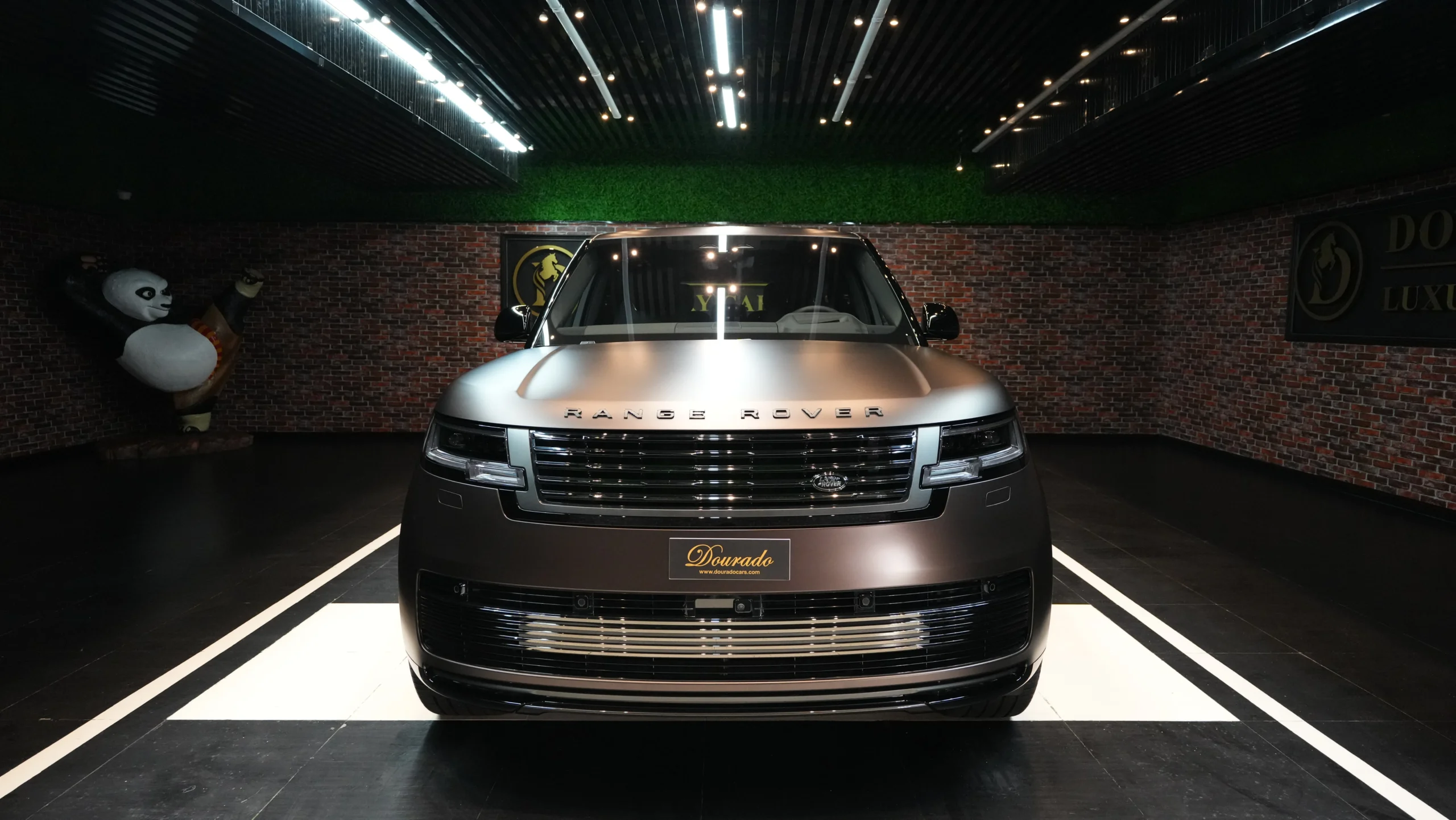Introduction: The Legacy of SV in the Supercar World
Super Veloce. Two words—abbreviated as SV—carry weight like few others in the performance car universe. The SV badge, rooted in Lamborghini legend, has always meant something special. It stands for the wildest, most powerful, and most track-focused variants in the Sant’Agata lineup.
However, not all SVs are created equal. Over decades, only a handful of models earned this rare suffix, each marking an important chapter in Lamborghini’s engineering story. Therefore, if you’re a supercar enthusiast, knowing your SVs is vital—especially for collectability, brand heritage, and pure driving thrill.
Model Evolution and Rare Editions
Lamborghini’s SV designation first appeared with the legendary Miura SV back in 1971. The Miura SV remains an icon thanks to its upgraded 385 hp V12, wider rear track, and revised suspension. For example, collectors value the SV for its performance leap over the Miura S, and only 150 units were made.
In contrast, decades later, the Diablo SV emerged in 1995. Lamborghini ramped up output to 510 hp and stripped away all-wheel drive for a more rear-focused, analog feel. Significantly, fewer than 2,000 Diablo SVs were built, making it a cherished ’90s supercar. Similarly, the Murciélago SV continued this ethos with a 670 hp V12 and carbon upgrades, while the Aventador SV and SVJ turned the performance dial even higher, boasting more aggressive aerodynamics and record-breaking Nürburgring times.
- Miura SV: 150 cars
- Diablo SV: ~1,819 units
- Murciélago LP 670-4 SV: 186 units
- Aventador LP 750-4 SV: 600 coupes, 500 roadsters
- Aventador SVJ: 900 coupes, 800 roadsters
Each SV car tells its own story of limited production, with values often skyrocketing on the used market. For detailed listings, check the latest SV cars in stock at trending_keyword.
Motorsport and Performance Pedigree
Lamborghini’s commitment to speed shows in every SV. The Miura SV set the template, but it was the Murciélago SV that first connected track success with street cars. Its lighter chassis and track-inspired setup made it a favorite among purist drivers.
Meanwhile, the Aventador SV and SVJ integrated real motorsports tech. For example, the SVJ’s Aerodinamica Lamborghini Attiva (ALA) system actively changes aerodynamic balance, helping it set a sub-7-minute Nürburgring lap record. Thus, you don’t just get more power—you get real racetrack DNA, with the SV models often acting as blueprints for Lamborghini’s GT3 competition cars.
SV Powertrains and Performance Specs
- Miura SV: 4.0L V12, 385 hp, 0-100 km/h in 5.8s
- Diablo SV: 5.7L V12, 510 hp, 0-100 km/h in 3.9s
- Murciélago SV: 6.5L V12, 670 hp, 0-100 km/h in 3.2s
- Aventador SV: 6.5L V12, 750 hp, 0-100 km/h in 2.8s
- Aventador SVJ: 6.5L V12, 770 hp, 0-100 km/h in 2.8s
In addition, each SV is engineered with exotic materials, advanced aero, and uprated brakes—key for high-speed confidence.
Interior Craftsmanship and Technology
The interior of an SV is as purposeful as it is luxurious. For instance, Murciélago SVs offer exposed carbon, tight-fitting Alcantara, and only essential controls. This approach continues in the Aventador SV and SVJ, which feature digital clusters, lightweight sports seats, and minimalist design.
Furthermore, current SV models add sharp digital displays, advanced navigation, and optional luxe finishes—yet every SV keeps a raw, motorsport-inspired ambiance. As a result, owners feel deeply connected to the car at every level.
Comparison with Rivals
How do SV Lamborghinis stack up against the competition? Ferrari’s XX models and Porsche’s GT RS cars are close contenders. However, SV cars focus more on drama and emotion, pairing naturally aspirated V12s with show-stopping designs.
Similarly, while McLaren’s LT models offer track focus, they can’t match the exclusivity and theater of the SV badge. If you want a collector-grade car to enjoy, SV models remain some of the most desirable supercars ever produced.
Collector Appeal and Resale Value
Because SV production runs are so restricted, resale values often trend upward, especially as models age. For example, the Miura SV and Murciélago SV consistently set auction records, with prices well above their original MSRPs.
Consequently, newer SV variants like the Aventador SVJ are already attracting investor attention. Moreover, collectors look for ultra-rare specs, original paint, and documented history. Trending_keyword offers detailed listings of used SVs with provenance at their stock page.
Regional Market Insights: Dubai and the SV Scene
Dubai’s thriving supercar culture means demand for SV cars is always strong. In addition, climate-controlled storage and premium highways help preserve condition for resale and enjoyment.
Meanwhile, the willingness of buyers to pay a premium for rare specs makes Dubai one of the world’s top hotspots for limited-run SV models. As a result, the city frequently hosts major supercar meets spotlighting SV Lamborghinis—making it a prime destination for rare car hunters.
Ownership Tips: How to Choose the Right SV
Choosing the best SV for you depends on intent. For track days, the Murciélago SV’s rawness or Aventador SVJ’s technology are top picks. For investment, older models like the Miura SV or ultra-limited Murciélago SV stand out.
Moreover, check condition, service history, and originality—especially crucial with historic SVs. Thus, sourcing from trusted dealers like trending_keyword ensures both authenticity and peace of mind.
Conclusion: Why SV Remains the Pinnacle of Lamborghini
The SV badge is more than a trim level—it’s Lamborghini’s highest praise for performance, design, and collectability. Furthermore, with each generation, SV models push the limits of engineering while keeping exclusivity at the core.
If you’re considering a supercar that delivers more than just stats and looks, the SV range deserves top billing in your search. For a quick visual overview, watch the video.
Check out more trending_keyword SVs for sale at douradocars.com.

